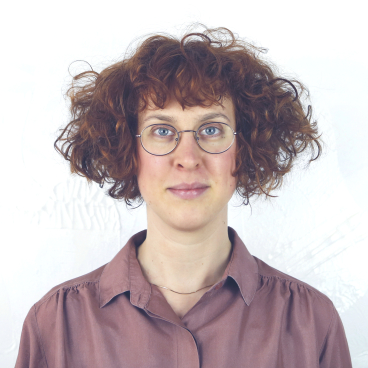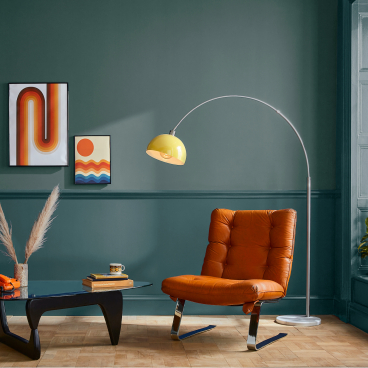Top biomaterials designers on our radar right now.
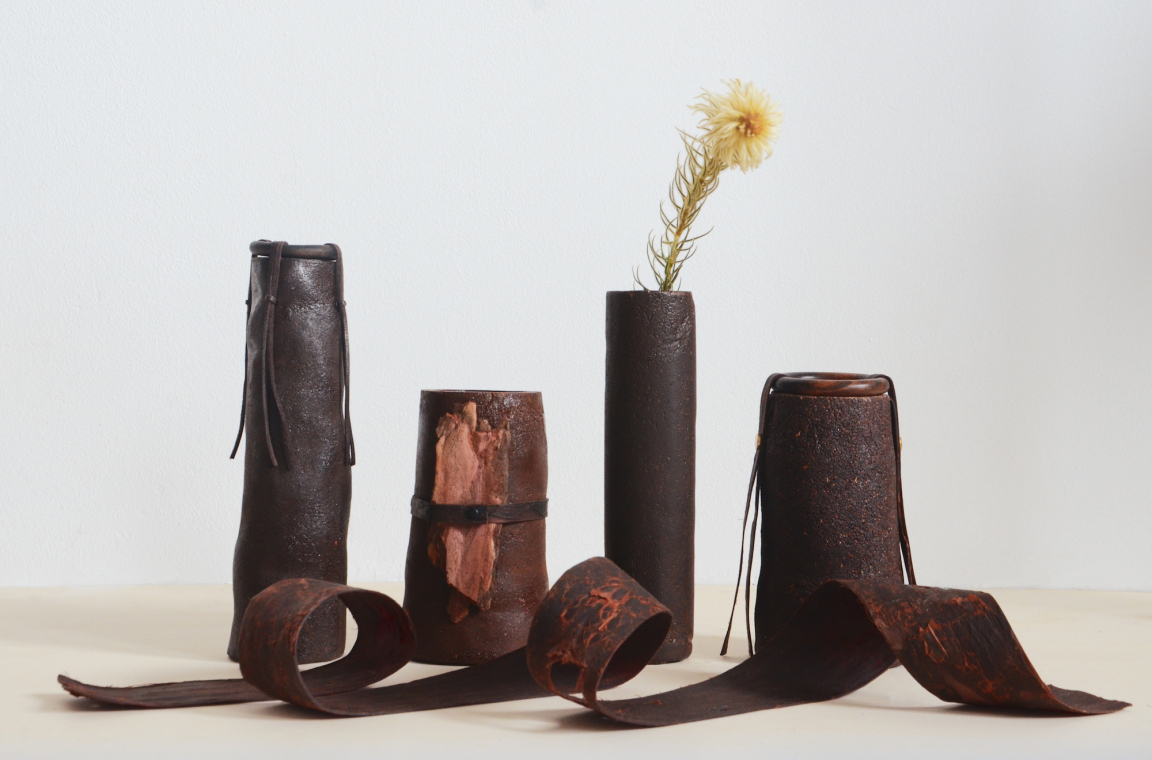
Studio Sarmite - Pine Resin
If you hadn't already noticed, we’re big biomaterials fans here at Material Source. And our ear is firmly pressed to the ground when it comes to finding out what’s on the horizon.
With that in mind, we’re sharing with you some of the most innovative biomaterials designers of the moment. Each blazing a trail in creating sustainable alternatives to the vital building materials we use every day.
Studio Sarmite
Sarmite Polakova a Latvian designer living and working between Amsterdam and Frankfurt. In 2015, she graduated from the Design Academy Eindhoven where she developed a special interest in raw materials and research. Her body of work focusses mostly around transforming unassuming, natural materials into a new purpose and series of design objects through extensive theoretical and practical research.
PineResin is a material research project and quest for discovering new material relationships deriving from the byproducts of timber industry. The glass-like composite material pays tribute to the pine tree, "the most industrialised tree in the world", and what is left from it after it has been cut down.
Pine resin, pine bark, sawdust, and charcoal are fused together to shape new structures, functions and aesthetics. With help of natural pigments and varying proportions, the material can differ in colour and texture. Being a thermoplastic, PineResin can be re-melted and shaped back into the same, or any new shape each and every time and thus it lives a continuous lifecycle.
Similarly, PineSkins is a material design project that looks at the current use of resources in forests with the aim to create more balanced methods and contexts in defining the future for trees. It is about creating alternative scenarios for those parts of the tree, that are usually left behind in the forest after the tree is gone, one of them being the bark. By using the existing tree cutting industry as a platform to harvest the pine tree bark, the designer turns this by-product into a versatile, leather-like material.
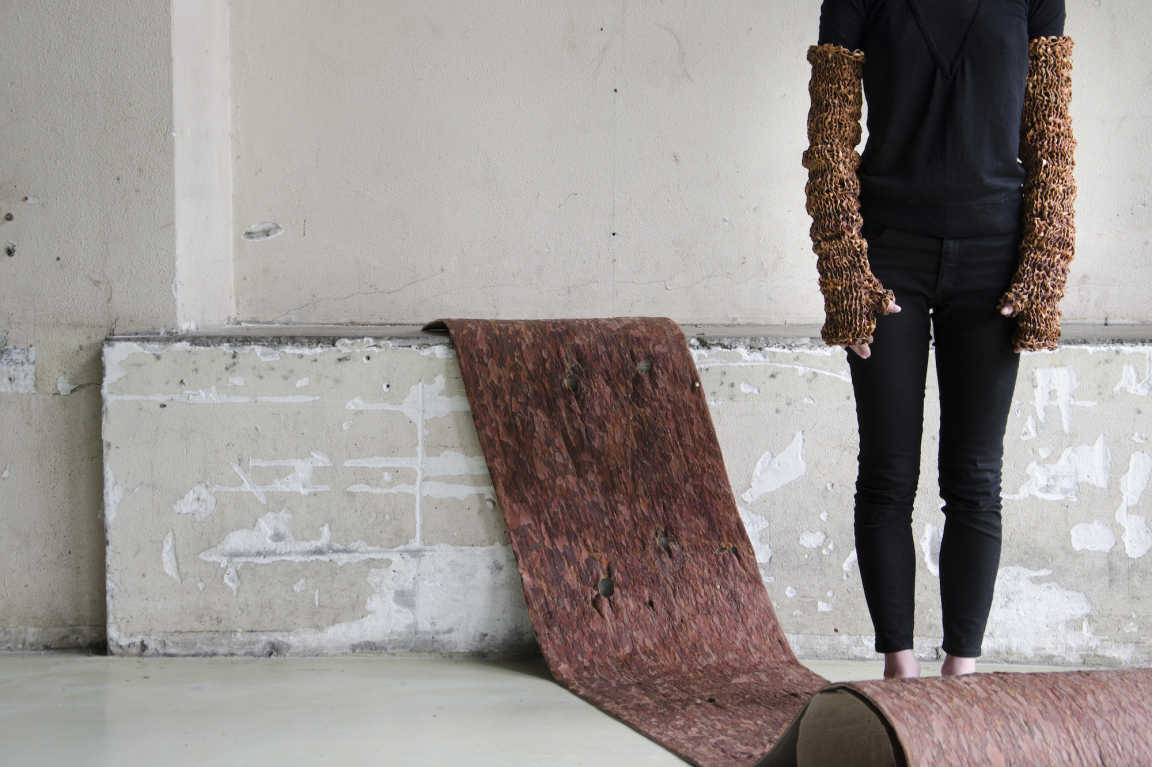
Studio Sarmite - PineSkins
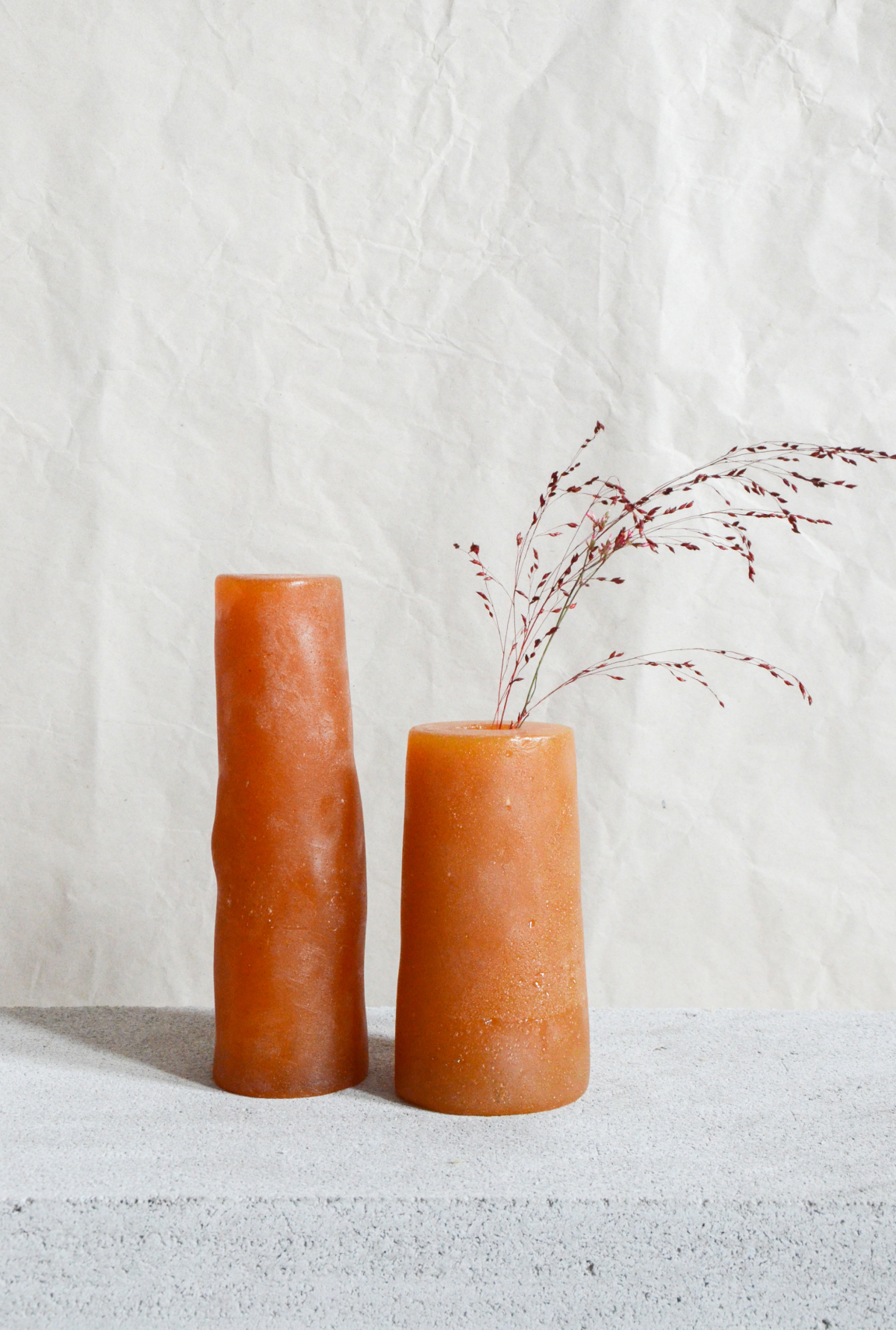
Studio Sarmite - Pine Resin
Studio Word
The Colors of Egg project comprises ongoing research into finding beauty in a natural material that we throw away unconsciously. "It started from my interest in everyday life around the kitchen. As a part of the research, I focused on archiving eggs for the diploma project.
"The archive is a collection of analysing and exploring the possibilities for different uses of the eggshell material and its colour. From the archive, I’m proposing three objects, combining eggshells in different texture with wax to make candle holders, making soaps in different forms and making patterns with naturally dyed paper."
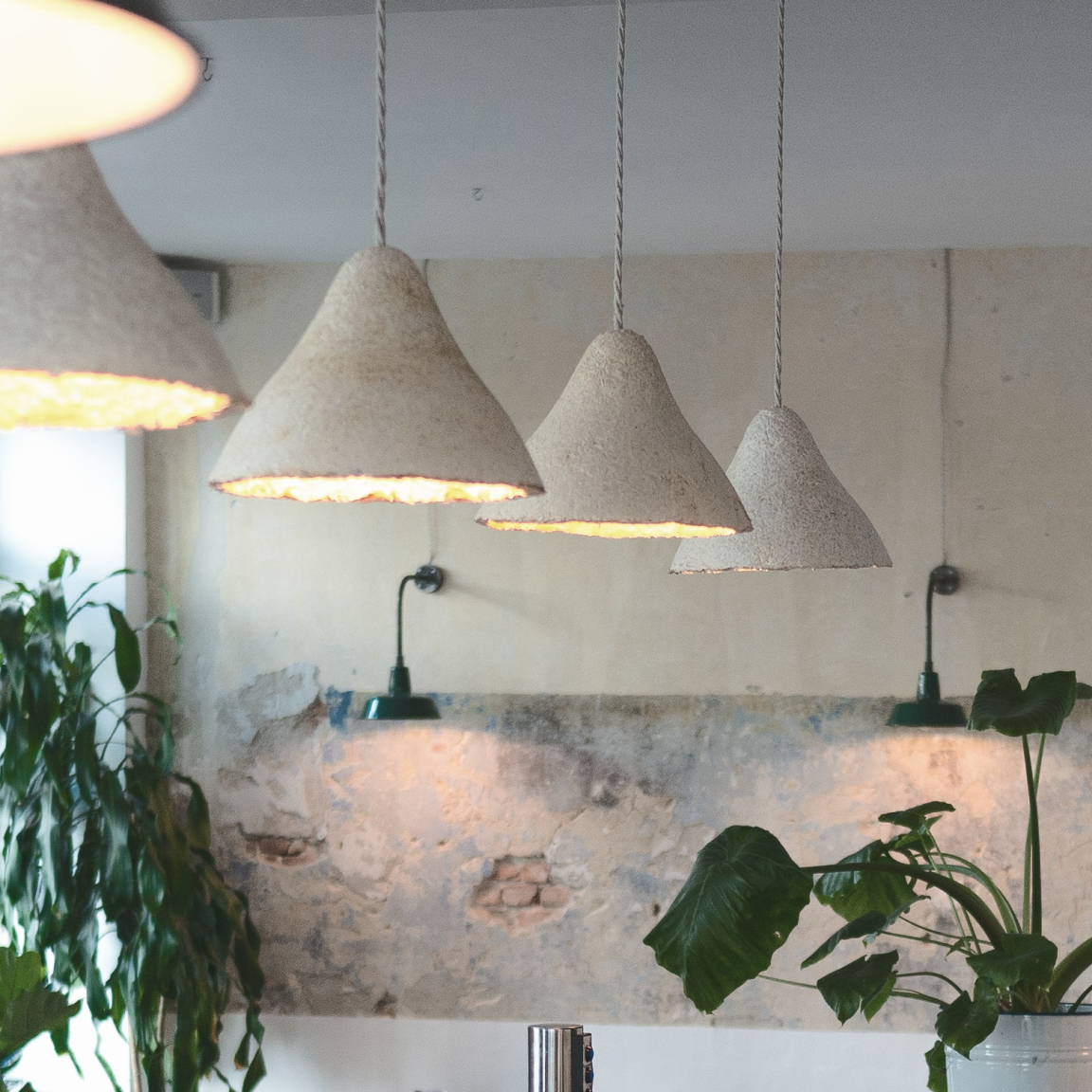
Tŷ Syml - Silo light @ FREA BERLIN
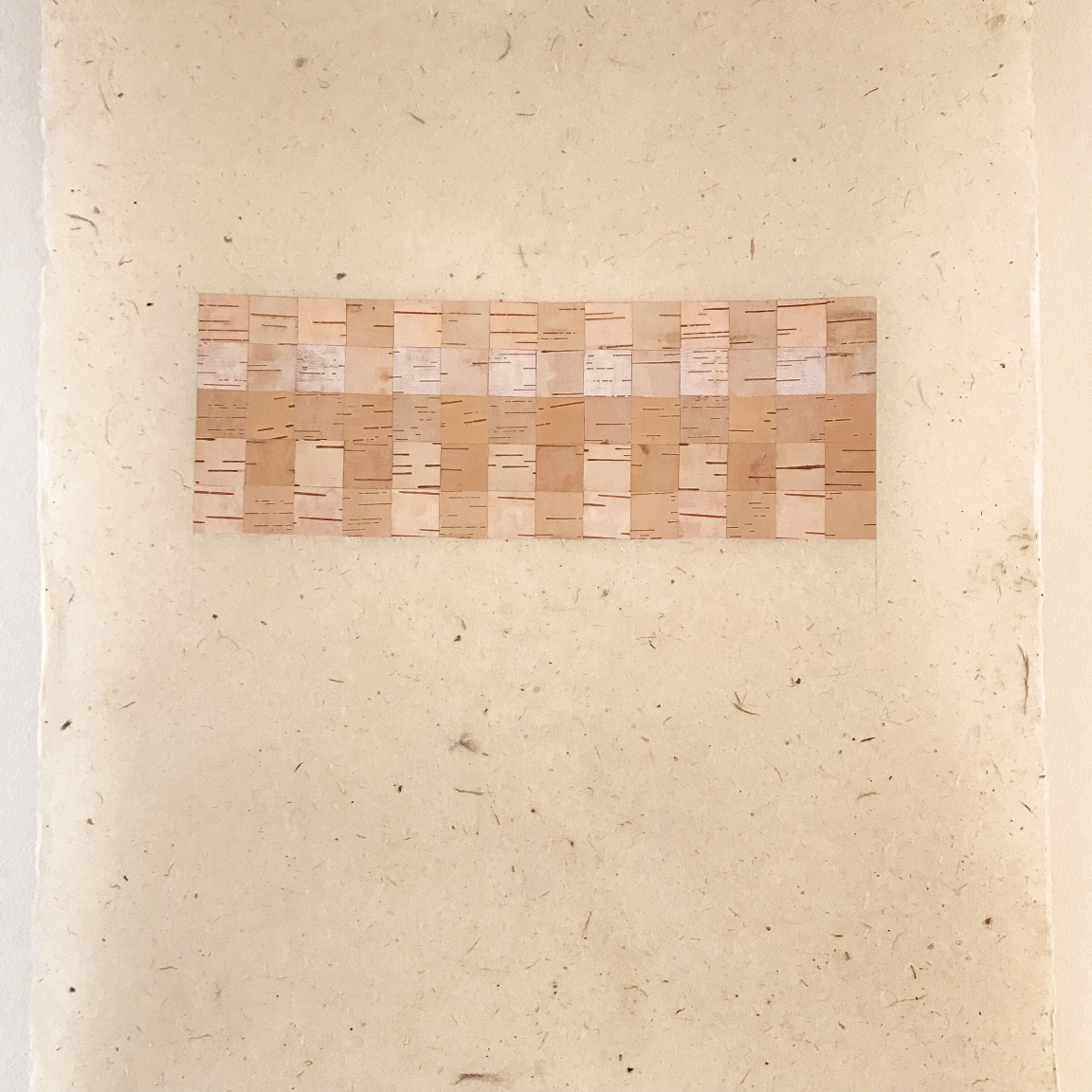
SARITA
SARITA
After having studied theoretical and applied arts at Stockholm University, La Sorbonne in Paris as well as at UNAM in Mexico City, Sarita develops an approach centred on the aesthetic manifestations of nature. Birch in all its uniqueness and versatility gradually becomes the starting point of any of her projects, both sculptural and two-dimensional (using the bark of the tree).
SARITA’s large-scale sustainable birch bark tapestry on handmade paper celebrates the design qualities of the Betula Papyrifera (paper birch). This species of birch, only to be found in North America, has many layers of skin peeling off in a wide range of shades. The lenticel’s stripe-patterns enhancing the interwoven aspect, the thinness of paper, and the softness of the fabric make it the perfect medium for revisited textile art.
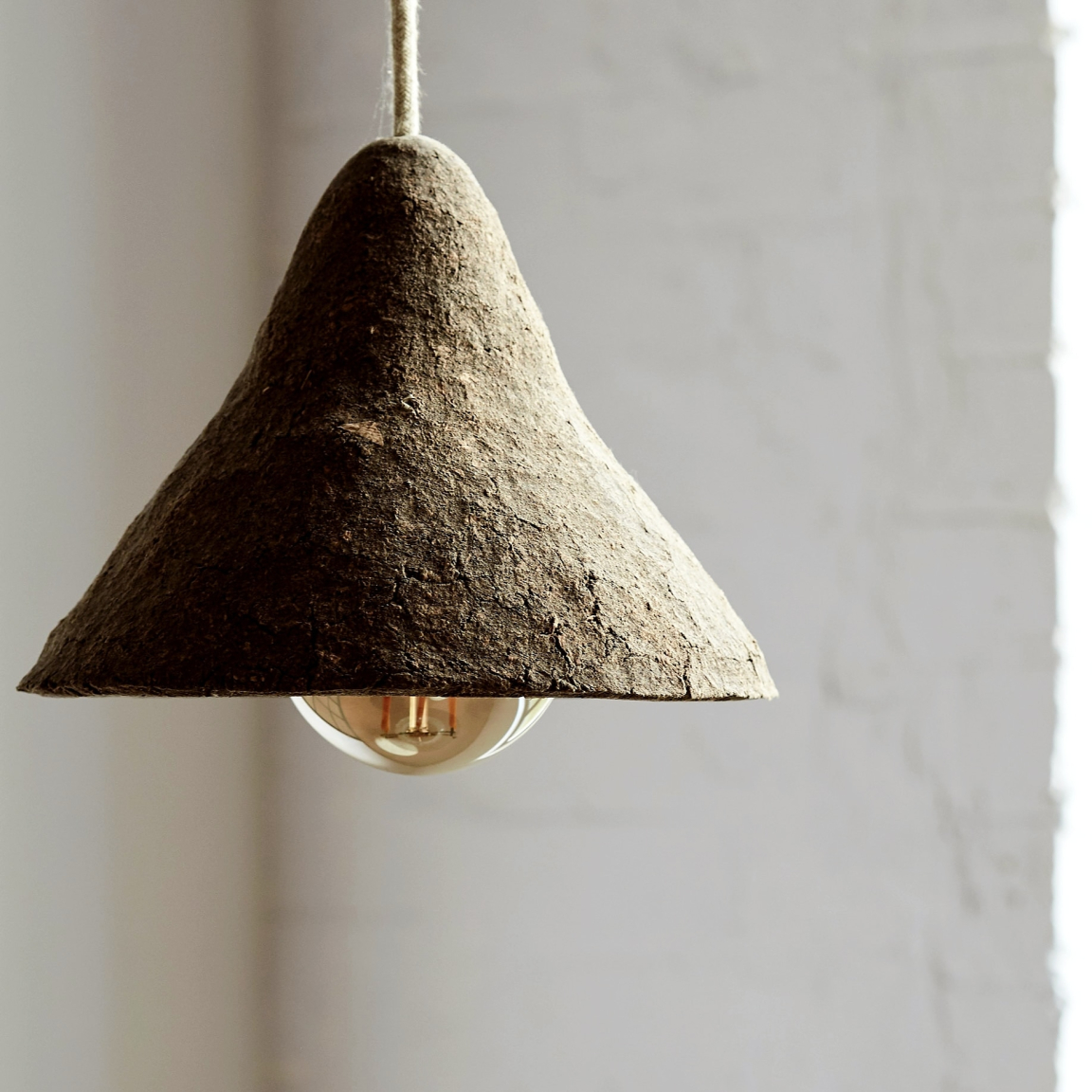
Tŷ Syml - ALGAU
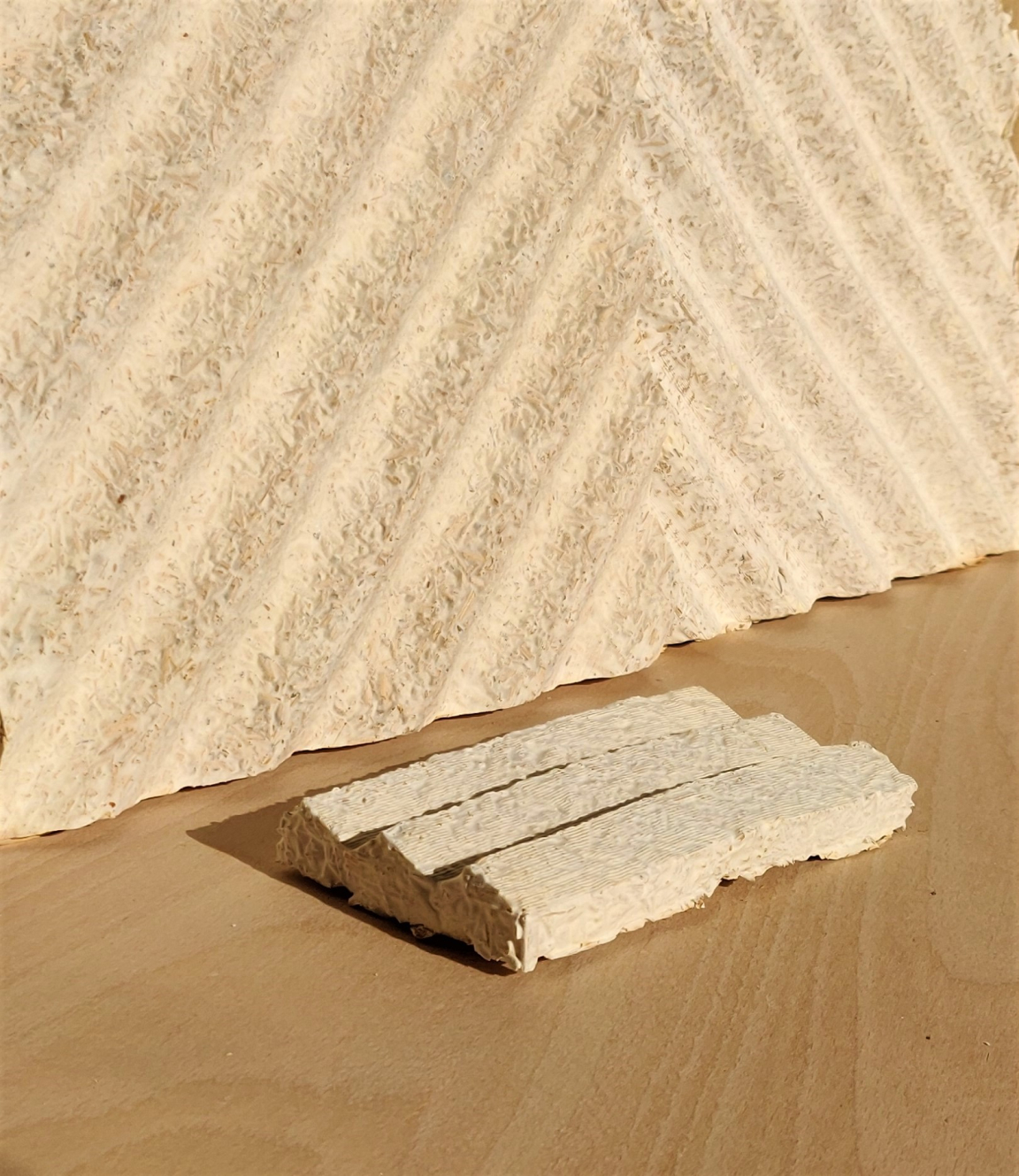
Tŷ Syml - Mycelium wall panel
Tŷ Syml
Tŷ Syml is an award-winning experimental design studio based in Cardiff, South Wales founded by Adam Davies, Adam Humphrey and Daniel Davies. The team is currently focused on the use of mycelium (mushroom) composites as a material to create a range of products such as lampshades and acoustic wall panels.
With a focus on sustainability, the materials the team develops are designed to have a negligible impact on society and the environment.




